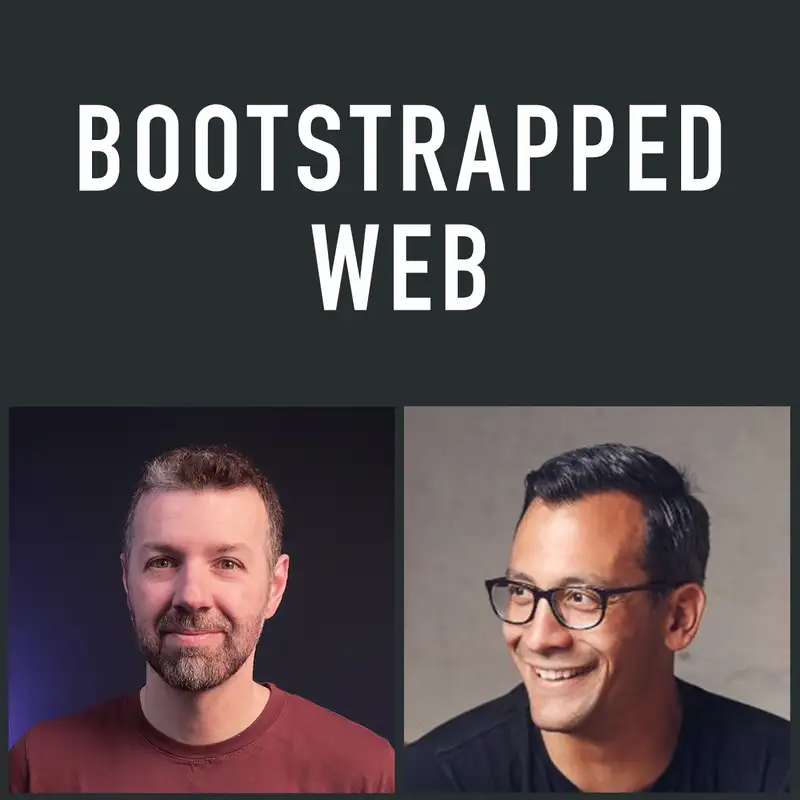Creating Content & New Product Ideas
Brian's first LinkedIn post. YouTube. Texas. Northeast. Inbound vs. outbound. New product ideas. AI. Ecommerce. Customer Success. Tapping demand.
Connect with Brian:
Brian's Product Studio: Instrumental Products
Brian's SaaS, Clarityflow
Brian on Twitter: @casjam
Brian on Threads: @brian.casel
Connect with Jordan:
Jordan's company, Rally
Jordan on Twitter: @jordangal
Jordan on Threads: @jordangal
Brian's first LinkedIn post. YouTube. Texas. Northeast. Inbound vs. outbound. New product ideas. AI. Ecommerce. Customer Success. Tapping demand.
Connect with Brian:
- Brian's Product Studio: Instrumental Products
- Brian's SaaS, Clarityflow
- Brian on Twitter: @casjam
- Brian on Threads: @brian.casel
Connect with Jordan:
- Jordan's company, Rally
- Jordan on Twitter: @jordangal
- Jordan on Threads: @jordangal
